
What is their purpose in doing so?
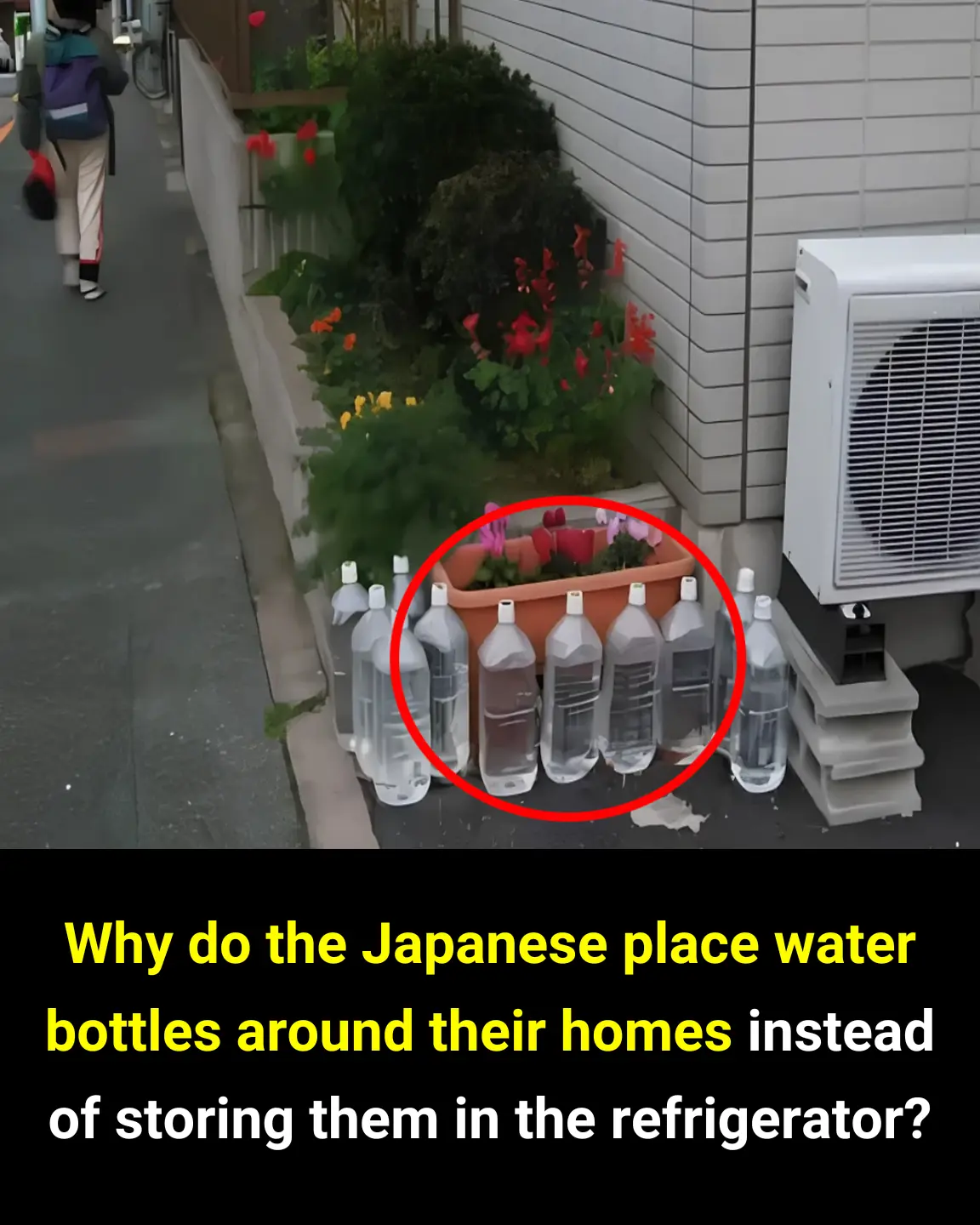
It might seem "str.ange," but the Japanese actually place these water bottles deliberately.
The Mysterious Water Bottles Lined Up Along Streets and Fences
If you’ve ever been to Japan or watched videos of its streets, you may have noticed something unusual in the quiet alleys of residential areas. Along fences, garden corners, next to plant pots, or at the edges of walls, you’ll often see transparent plastic water bottles neatly arranged.
At first glance, you might think someone simply forgot to put them away or didn’t clean up after a picnic. However, in reality, these bottles are deliberately placed – and the reason behind it is quite surprising. These bottles are not for drinking but are called "nekoyoke" – a tool used to "chase away cats."
Japan is known for its deep love for animals, particularly cats. Cat cafes are widespread, and cats are even given important titles like principals or supervisors. However, stray cats are often not trained or properly cared for, which can pose risks like spreading diseases, damaging property, or even scratching and biting children or the elderly. Therefore, some families find ways to prevent strays from entering their homes. The practice of placing these "nekoyoke" water bottles has spread from this need.
This habit may seem puzzling to outsiders, but in Japanese cities, it is quite familiar. It represents an interesting blend of everyday logic, ancient beliefs, and practicality. While not ha.rmful to animals, people believe these water bottles help prevent stray cats from entering and making the area di.rty.
Although the reasoning behind this method has been questioned many times, the tradition continues to be maintained across generations, blending belief and habit. But the question remains: where did this odd habit start, and does it really work?
Where Did Nekoyoke Begin?
According to Indiatimes, the idea of using water bottles to deter animals didn’t originate in Japan. It actually came from the West, possibly from the 1980s in some European and American regions, where people placed water bottles on lawns to keep dogs away. Over time, this practice spread to Japan but was adapted for use against cats. Since Japan doesn’t have many stray dogs, people began using this method to keep stray cats out of gardens, walls, or in front of houses.
How Does It Work?
There are a few popular theories explaining why water bottles might repel cats. Some believe that sunlight or streetlights at night shining through the water bottles create surprising flashes of light that scare the cats.
Another theory is that cats see distorted reflections in the water bottles, which startles them.
Some also argue that the water bottle disrupts the cat’s perception of distance. Although none of these theories have been scientifically proven, the habit is still widely maintained.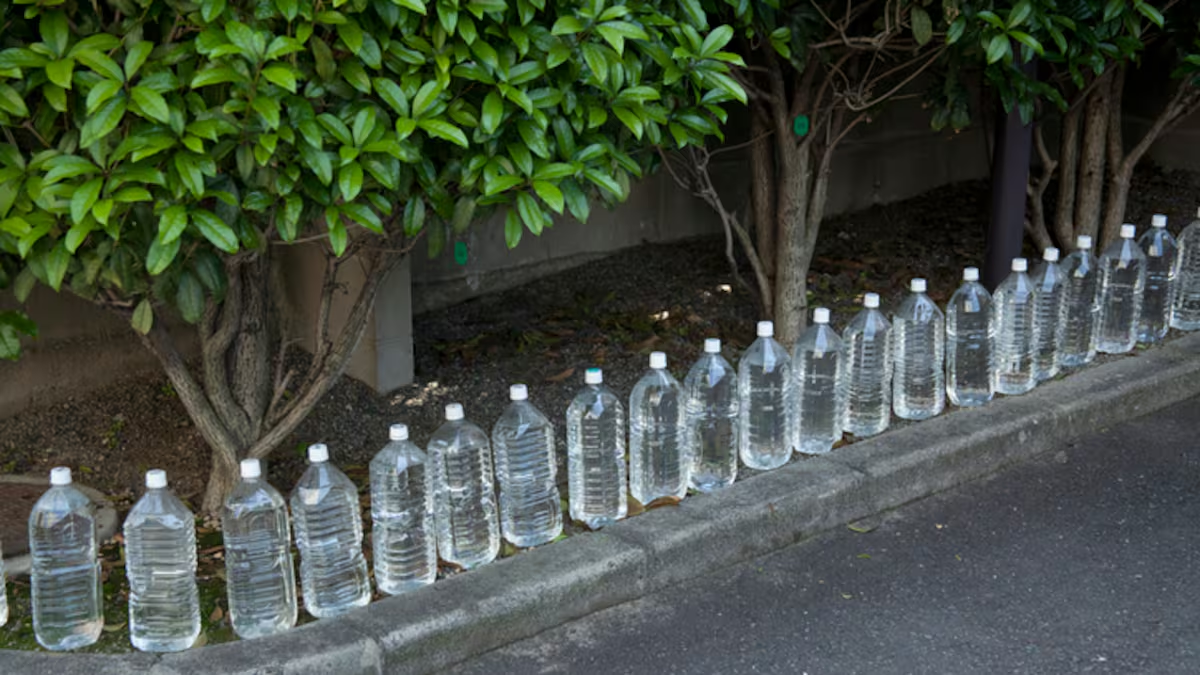
Does This Method Really Work?
In reality – not necessarily. Studies and animal behavior experts suggest that there’s no clear evidence proving that water bottles effectively repel cats. On cloudy days or in areas lacking sufficient light, the light reflection effect almost doesn’t happen.
Nevertheless, many continue to place water bottles, partly out of habit and partly with the hope that "it’s better than nothing."
Even if it doesn’t stop a curious cat, it remains a ha.rmless habit.
Today, the practice of placing "nekoyoke" water bottles is more of a cultural quirk than an effective solution. It reflects the neatness, creativity, and simplicity with which the Japanese approach everyday problems. Additionally, it adds to the charm of strolling through Japanese neighborhoods, making it a memorable experience.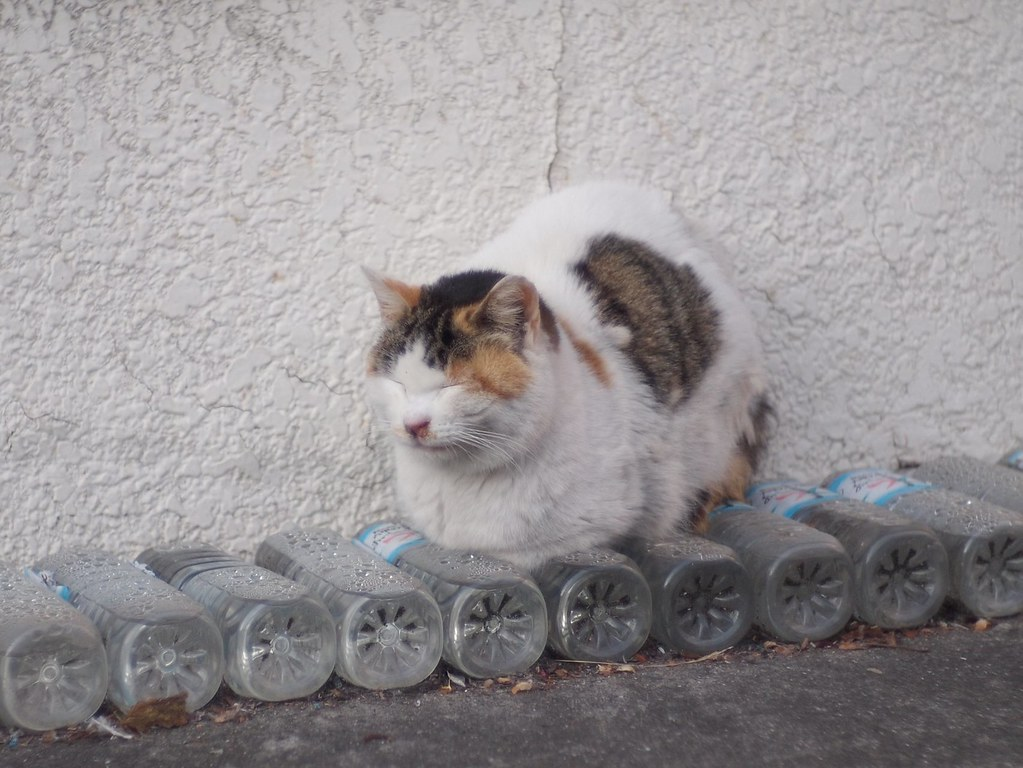
News in the same category

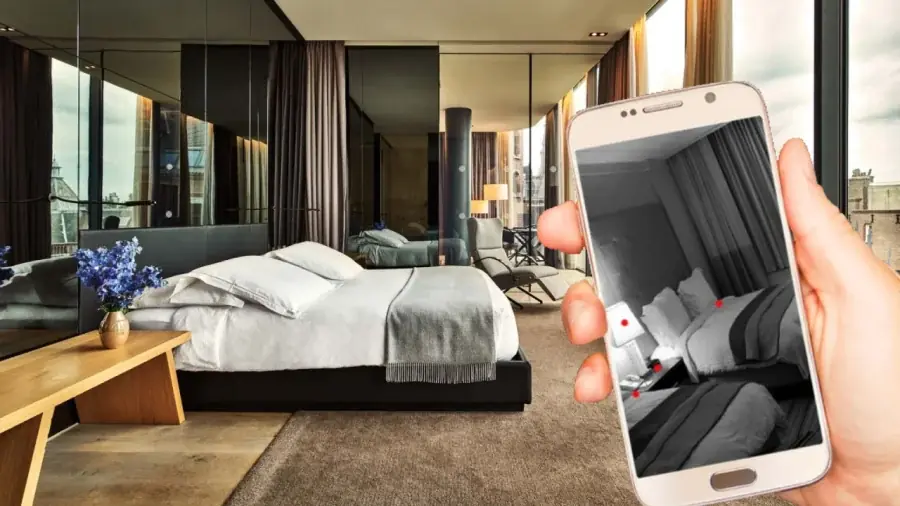
If You See These 3 Things in a Motel or Hotel Room, Don’t Hesitate—Check Out Immediately

10 Secrets You Need to Know Before Eating Okra
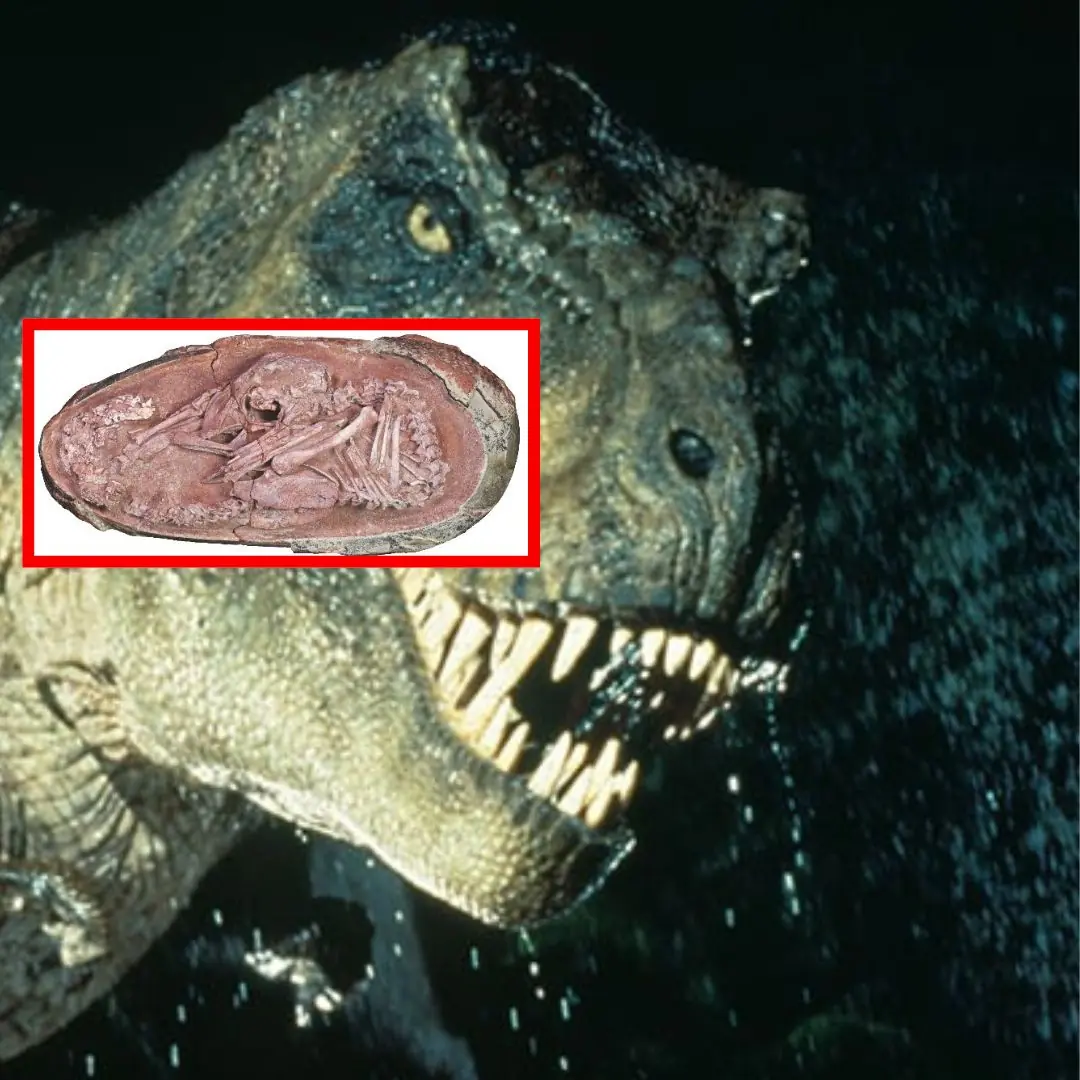
Scientists have found a perfectly preserved dinosaur em.bryo inside a fossilized egg
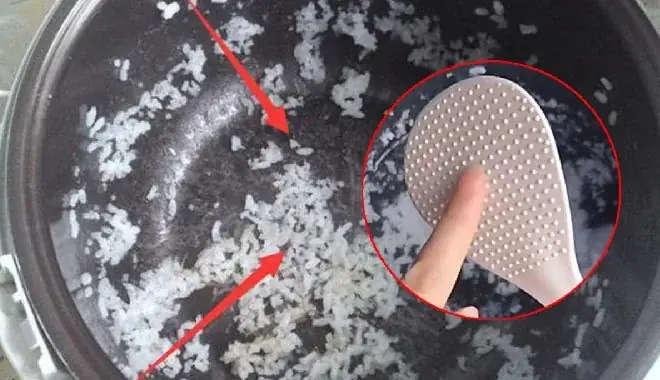
What Are the Tiny Bumps on the Rice Paddle in a Rice Cooker For?

Chicken Is Packed with Health Benefits — But Have You Ever Wondered Which Part Is the Healthiest?
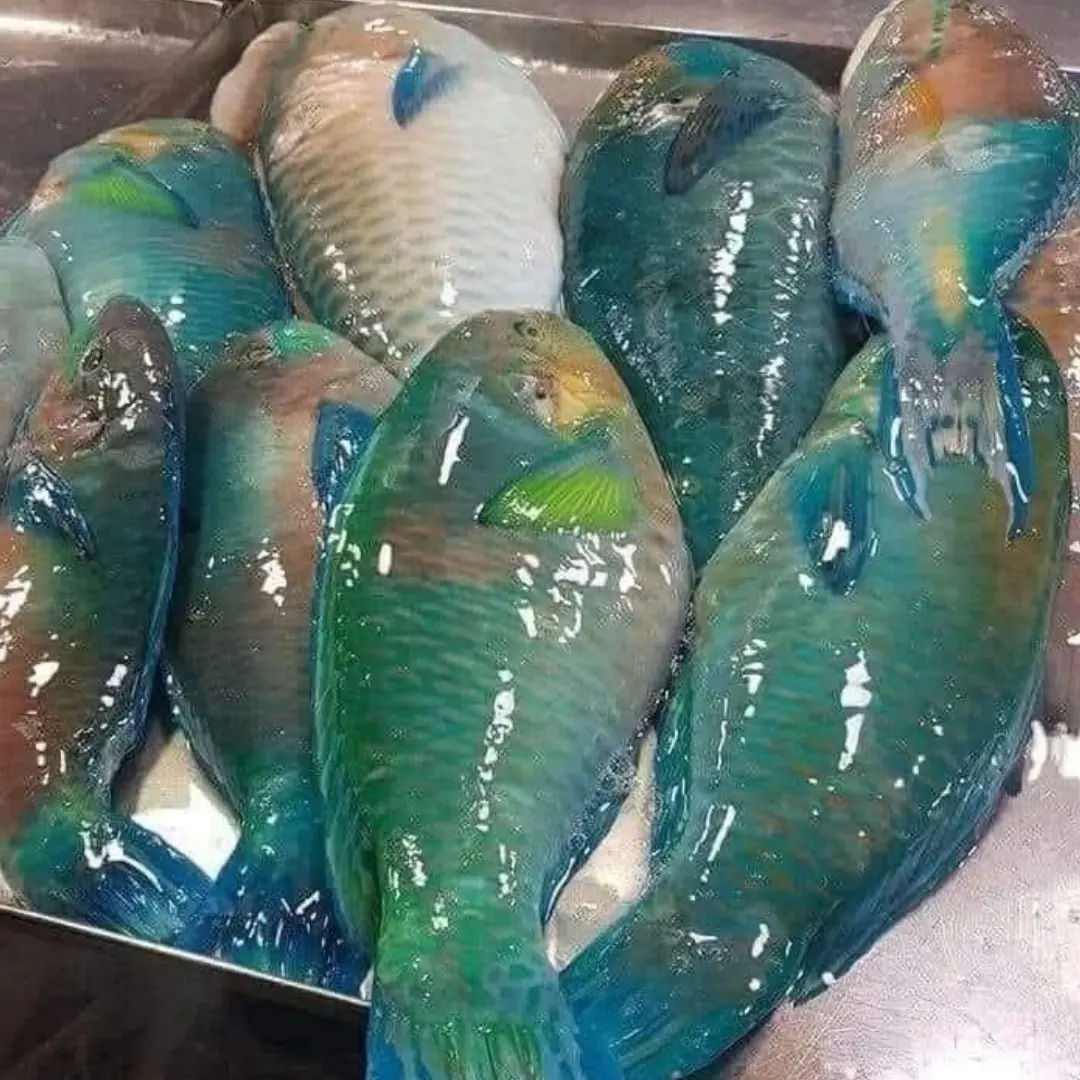
Netizens are calling for people to stop eating this fish to protect coral reefs. What kind of weapon does this animal have that makes it so powerful?

3 reasons to close the toilet lid before flushing
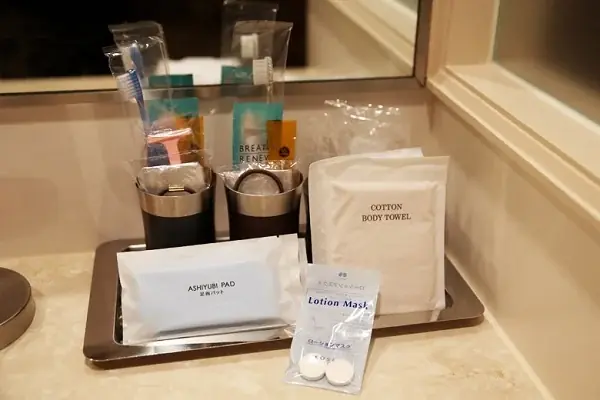
5 Hotel Items You Can Take Home After Your Stay — Most People Don’t Know and End Up Wasting Them

Why Bank Employees Rarely Deposit Their Money Where They Work – Once You Know the Reason, You Might Want to Do the Same

The pet dog barked continuously all night, the owner did not suspect anything, but in the morning, seeing the heartbreaking scene, he realized that thanks to the pet, the family escaped the disaster

Dentist Reveals Important Reason Why You Must Replace Your Toothbrush Every Three Months

If You See These 6 Signs on Potatoes, Don’t Buy Them—No Matter How Cheap. They Could Be Toxic. Even Sellers Won’t Use Them

5 Household Devices That “Steal" Electricity More Than Air Conditioners

The wedding of 1 groom 2 brides in China is s.ho.cking, the insider's explanation makes it even more confusing
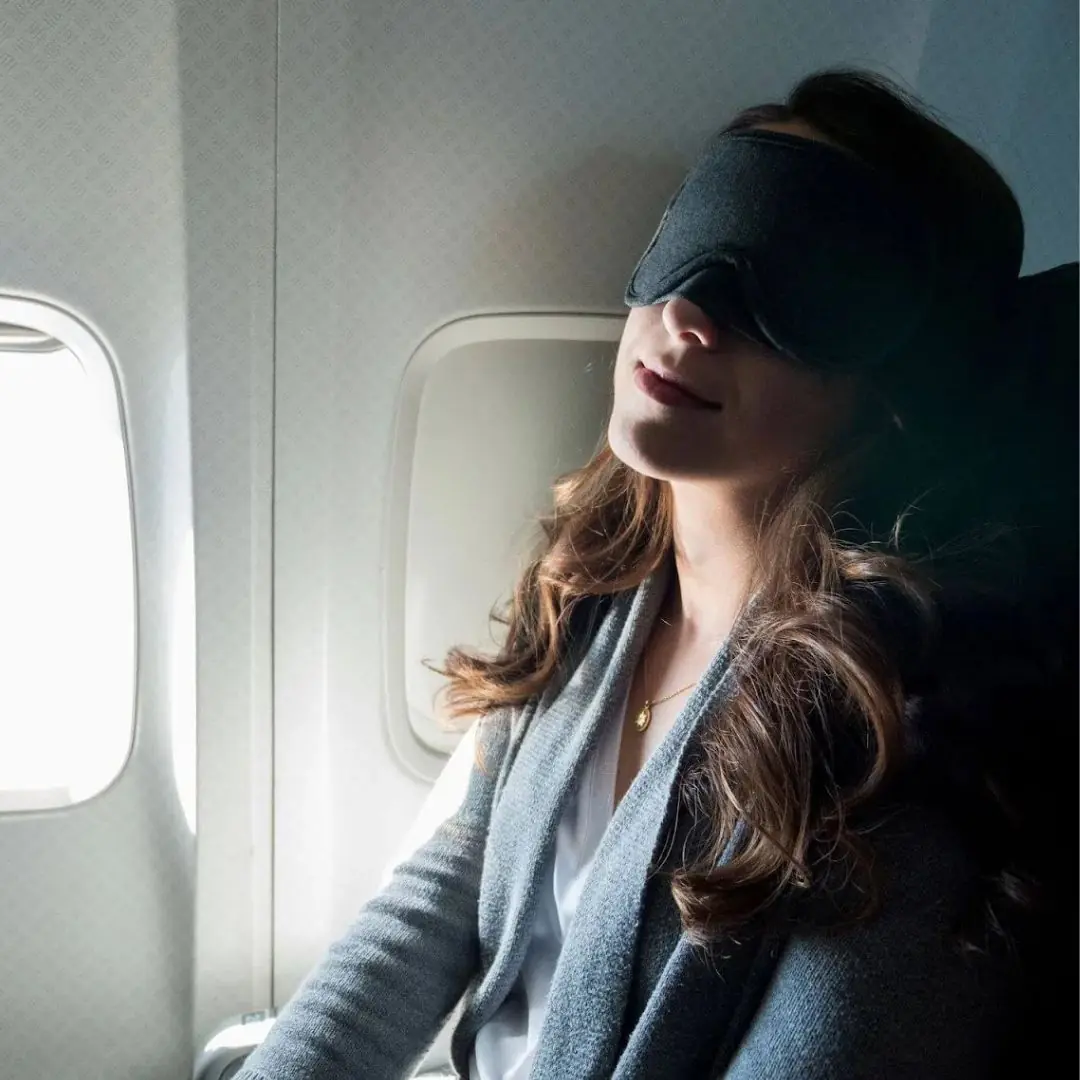
Should you wear a blindfold while sleeping? When should you use a blindfold while sleeping?

Did You Know That Waking Up At 3 Or 4 In The Morning Is A Clear Sign Of…
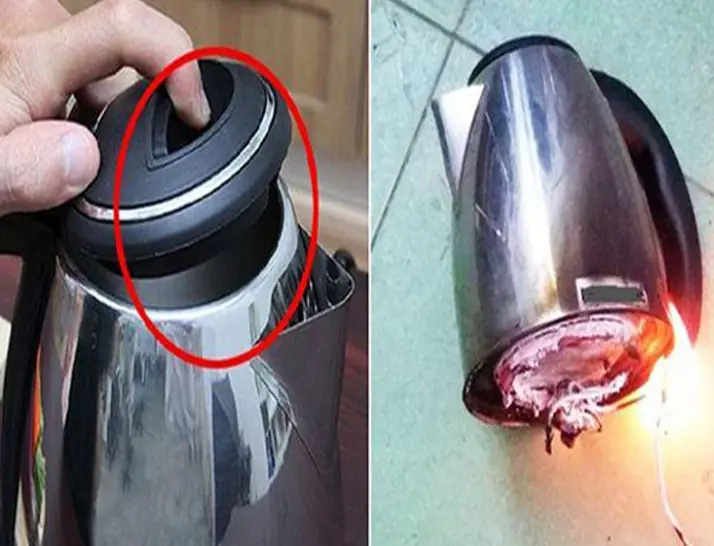
The mistakes that many people are making
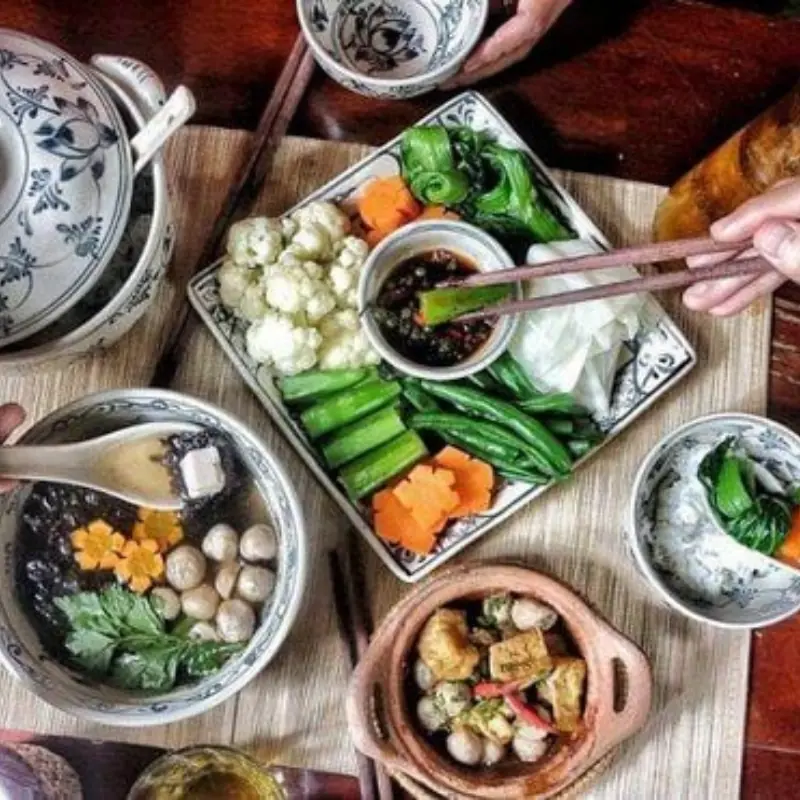
One Twin Is Vegetarian, the Other Eats Meat — Who’s Healthier? A Study Reveals a Surprising Result
News Post

Waking up early in the morning
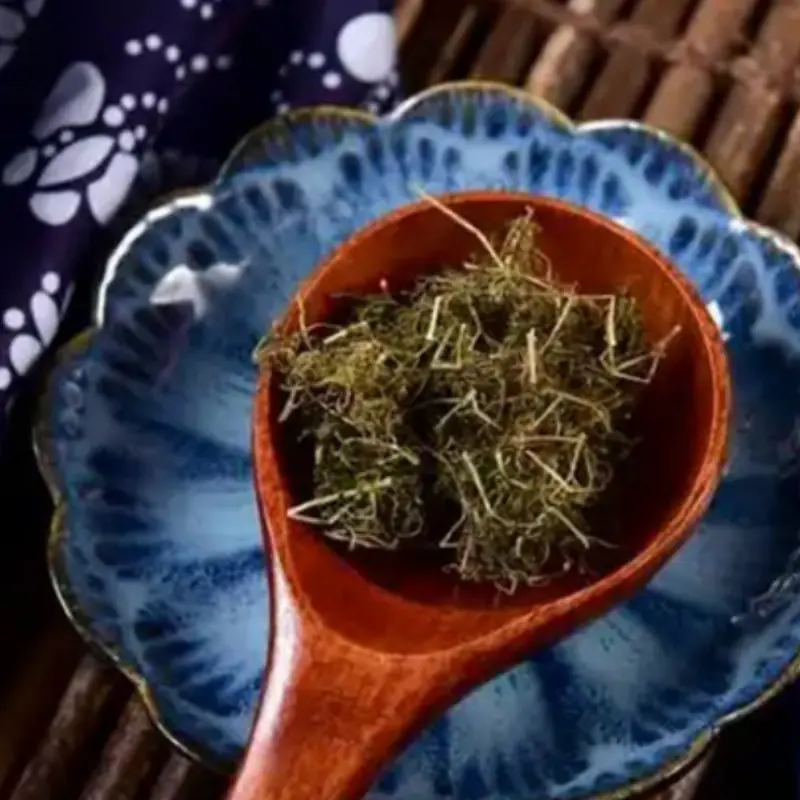
This Wild Herb Is Dubbed 'Ginseng for the Poor' — And Hardly Anyone Knows It Exists
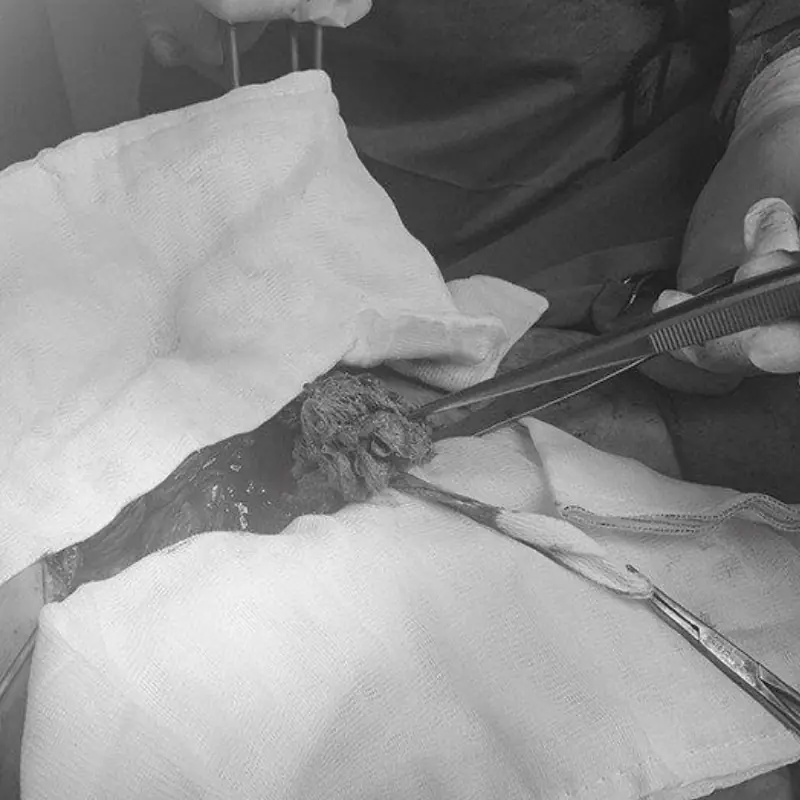
Doctors Find Gauze Left in Patient’s Body for Almost 10 Years

38-Year-Old Man with Sto.mach Can.cer Warns: 3 Leftover Foods in Your Fridge Could Be Can.cer Triggers

Supermarket Employees Reveal 7 Items You Should Never Buy—Even If They’re on Sale

If You See These 3 Things in a Motel or Hotel Room, Don’t Hesitate—Check Out Immediately

10 Secrets You Need to Know Before Eating Okra

Tips for getting rid of small insects in the bathroom

Scientists have found a perfectly preserved dinosaur em.bryo inside a fossilized egg
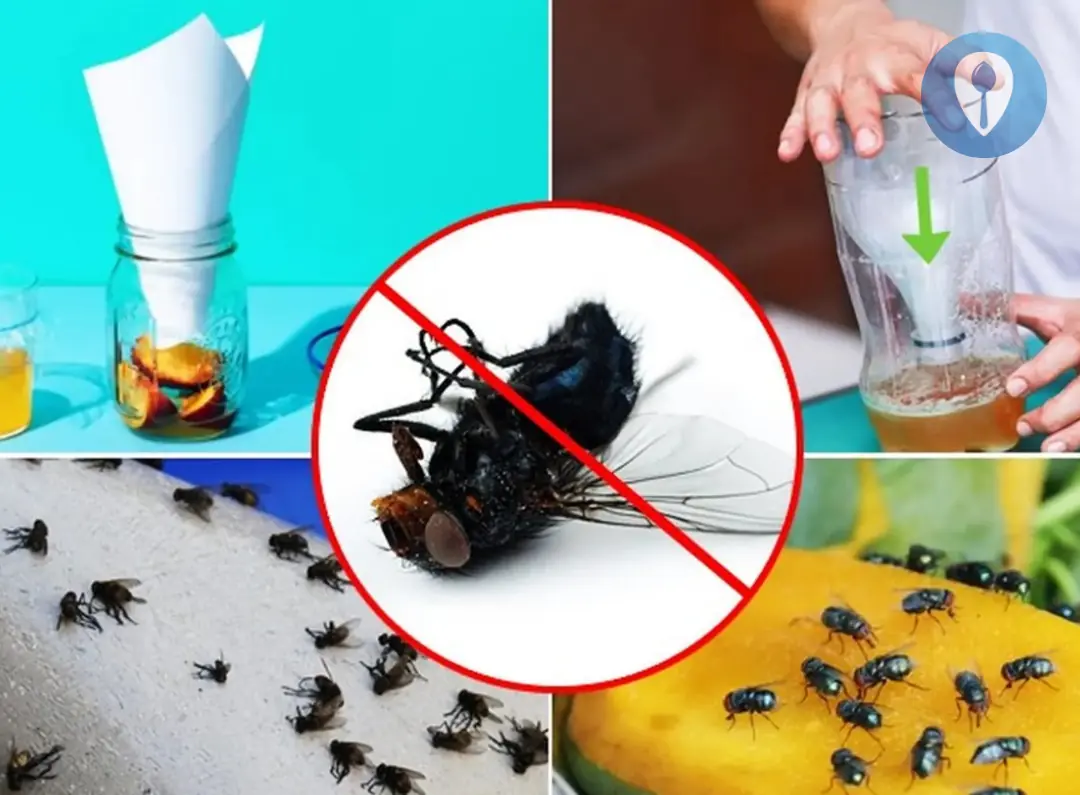
"All" good tips to chase flies, mosquitoes, ants, cockroaches out of the house using cheap ingredients such as
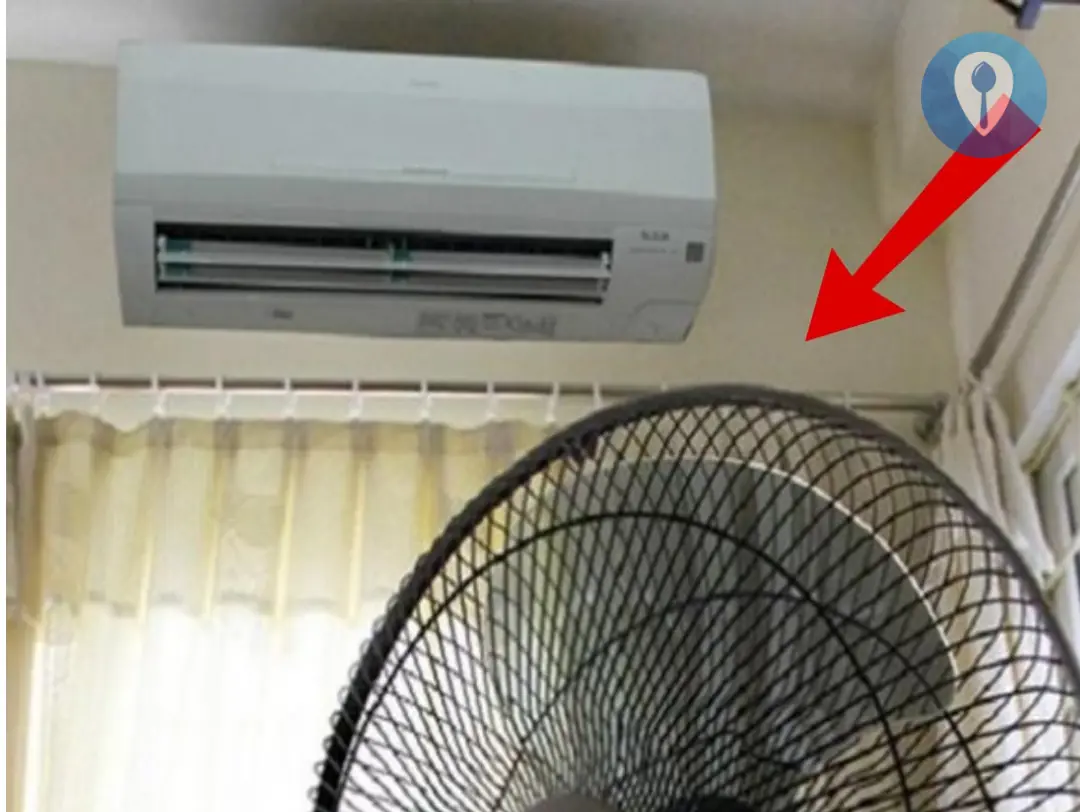
Closing the door and turning on the air conditioner at 29 degrees is wrong

Why shouldn't you turn on the air conditioner for a while and then turn it off

Placing Ginger Beside Your Pillow Is as Powerful as Eating a Thousand-Year-Old Ginseng—Can’t Believe I’ve Wasted Half My Life Not Knowing This
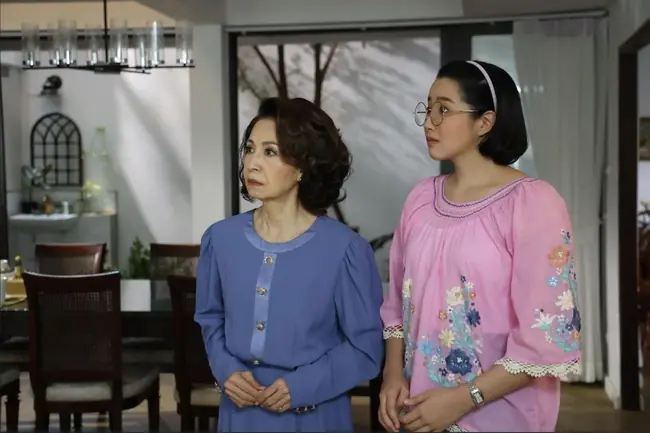
Caught on Camera: My Daughter-in-Law Secretly Gave Money to Her Mother—My One Sentence Left Them Both Shocked

Every Fridge Has a “Secret Number Code” – Adjust It Right and You Could Cut Your Electricity Bill in Half!

What Are the Tiny Bumps on the Rice Paddle in a Rice Cooker For?

8 surprising benefits of silica gel packets

Benefits of placing ginger next to the pillow before sleeping
